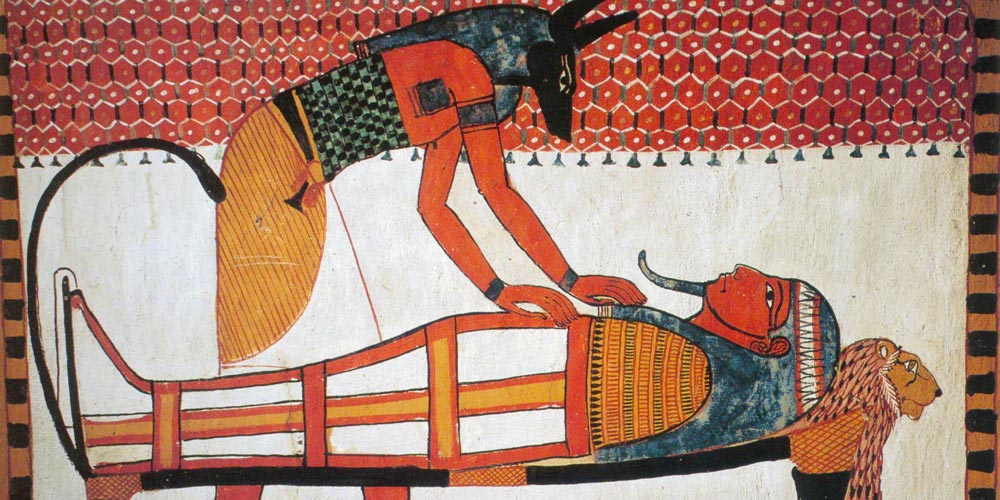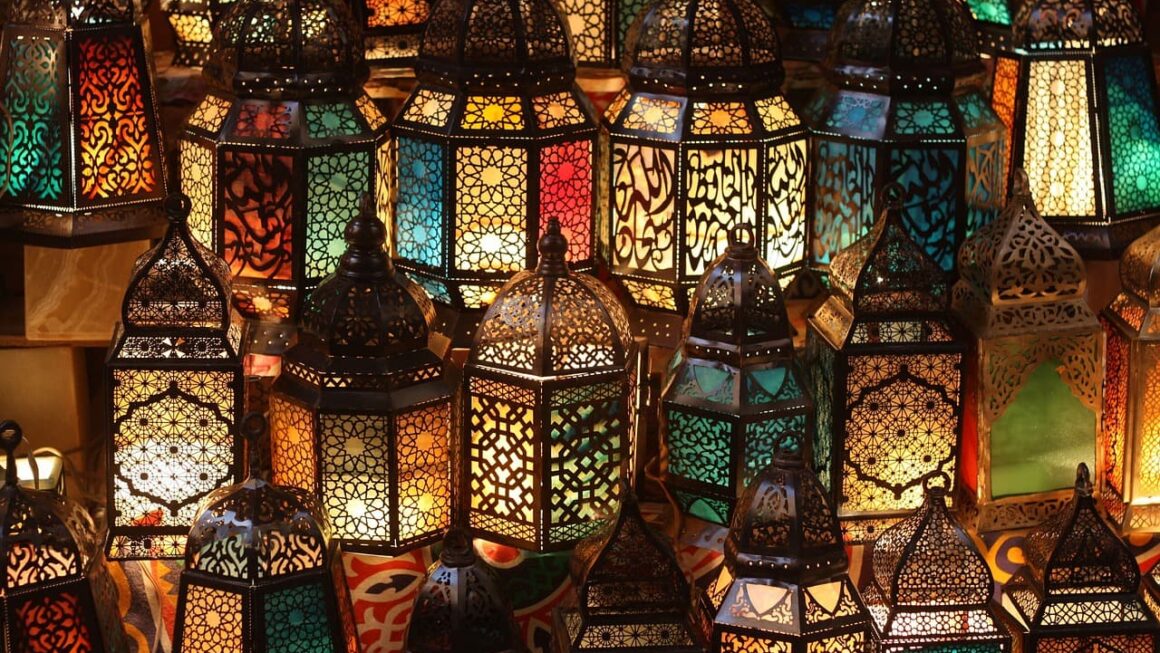The Egyptians saw the afterlife as a direct continuation of the earthly life. According to their belief, a human being consisted of a body (het), soul (ba), shadow (khaybet), name (ren) and an invisible double (ka). The most ancient was the notion of ka, which was born with a person, followed him everywhere, formed an integral part of his being and personality, but did not disappear with his death and could continue life in the grave depending on the degree of preservation of the body. It was this latter belief that formed the basis of all funerary rites: in order to protect the body from decay and preserve the ka, it was turned into a mummy by embalming and hidden in a closed room of the tomb; statues of the deceased were placed nearby, into which the ka could move in case of unforeseen destruction; terrible incantations were to keep it safe from snakes and scorpions.

Believing that the Ka could die of hunger and thirst or leave the tomb and take revenge on the living, relatives filled the tomb with provisions, carved images of food and clothing on its walls, brought funeral offerings and sacrifices and pronounced magic incantations-pleasers to grant the deceased all the necessities. The blessedness of the deceased also depended on keeping his name (ren) in the memory of descendants, so it was carved on the walls of the tomb; to erase the name was considered a great sacrilege. The soul (ba) was represented in the form of a bird or a grasshopper; it was not bound to the grave existence and could freely leave the dead body, soar to heaven and live there among the gods. Later the belief in the wandering of the ba through the earth and the underworld was born; there were special prayers and incantations to protect her from all kinds of subterranean monsters. As for the shadow (haibet), very few mentions of it remain.

In Egypt there was no unified conception of the afterlife. According to the most widespread Abydos version, the kingdom of the dead is the kingdom of Osiris, where man goes after death to be reborn to life. There, amid fertile fields of immense bread grains, he serves Osiris as he served Pharaoh on earth. To facilitate his labor, from the time of the Middle Kingdom, many figures of laborers were placed in the tomb, which, through incantations written on them, could replace the deceased. This kingdom was located in the “fields of Earu,” which the Egyptians placed either in uncharted lands (undeveloped areas of the Nile Valley, Phoenicia) or in heaven (the northeastern heavenly country). To enter it, one had either to swim across the river of the dead on the ferry of the gods, or fly as a bird into heaven, or pass through a gap in the western mountains.
According to the Memphis version, the kingdom of the dead, a land of sleep and darkness ruled by the god Sokar, was a huge grotto or quarry deep in the Libyan desert. The solar Heliopolitan tradition, on the other hand, considered the best place for the dead to be the rook of Ra, in which they could escape dangers and enjoy complete bliss, even during her nightly journeys through the underworld (duat), separated from the Nile valley by high mountains.
In the New Kingdom era an attempt is made to systematize the doctrine of the kingdom of the dead by combining the Abydonian and Heliopolitan traditions on the basis of Amon-Ra theology. Its authors abandon the idea of the soul’s stay on earth and identify the afterlife with the underworld. It consists of twelve regions-rooms, the gates of which are guarded by gigantic serpents; each of them is governed by one of the ancient funerary gods (Sokar, Osiris, etc.). The supreme ruler of the entire kingdom is Amon-Ra, who every night in his boat sails through the duat and thereby brings great comfort to its inhabitants.
Since ancient times the Egyptians believed that the deceased could achieve everything with the help of magic (get to the kingdom of the dead, get rid of hunger and thirst), i.e. his fate did not depend on his earthly existence. But later the idea of an afterlife judgment emerges (chapter 125 of the Book of the Dead): in front of Osiris, seated on the throne, Horus and his assistant Anubis weigh the heart of the dead on scales balanced with truth (the image of the goddess of justice Maat), and Thoth writes the result on planks; the righteous are rewarded with a happy life in the fields of Earu, while the sinner is devoured by the monster Amt (a lion with the head of a crocodile). A righteous man was recognized only as one who had been obedient and patient on earth, “who had not stolen, who had not trespassed on temple property, who had not rebelled, who had not spoken evil against the king.



